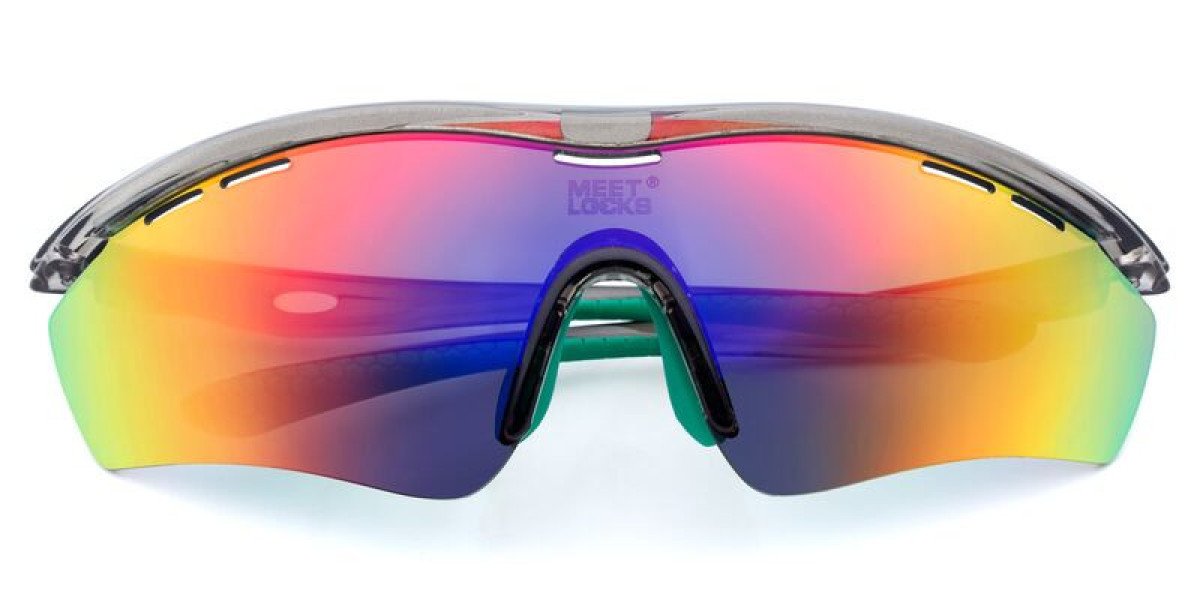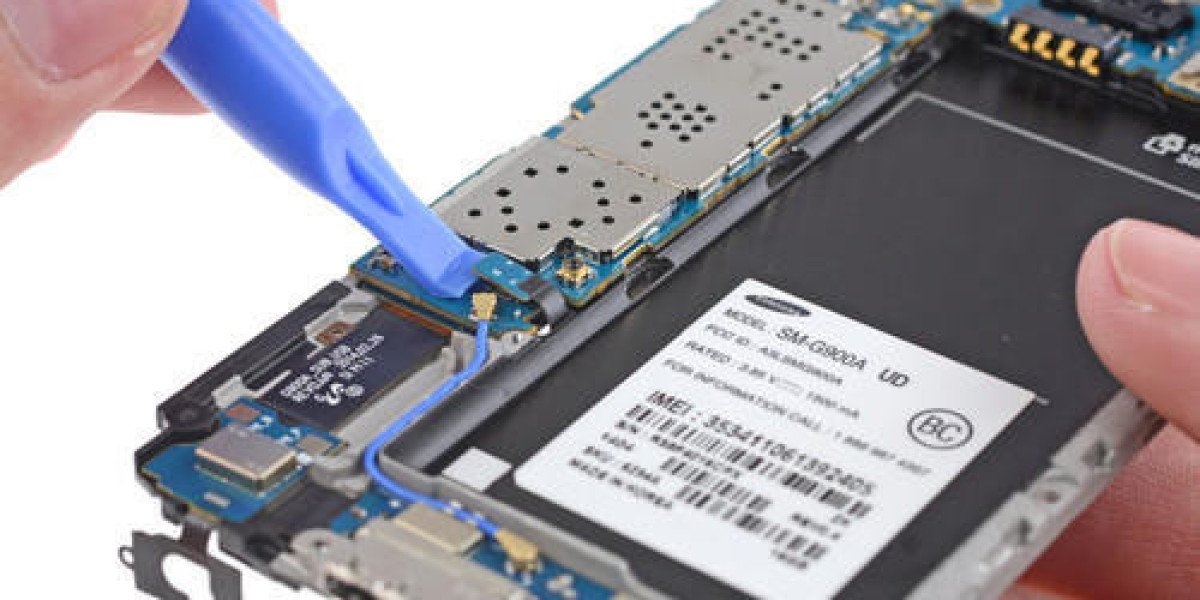The world of regenerative therapy is expanding rapidly, and two innovative treatments are at the forefront of this movement: prp and prf. These cutting-edge procedures offer non-surgical solutions for tissue repair, anti-aging, and rejuvenation by utilizing the healing power of the body itself. As demand for natural alternatives continues to rise, PRP and PRF have become essential tools in a variety of health and cosmetic practices.
The Biological Power of PRP and PRF
Derived from a simple blood draw, PRP and PRF concentrate the body’s own platelets and growth factors into a potent serum. These components are then reinjected or applied to areas requiring enhanced healing or aesthetic improvement. Their autologous nature—meaning they come from the patient’s own body—makes them safe, well-tolerated, and free from allergic reactions.
Key Differences Between PRP and PRF
Though both treatments serve similar purposes, there are notable differences between PRP and PRF. PRP is centrifuged at a higher speed, resulting in a more isolated concentration of platelets but fewer white blood cells and no fibrin network. PRF, in contrast, is spun at a lower speed, preserving a higher number of white cells and forming a natural fibrin mesh.
This distinction is important because the fibrin matrix in PRF allows for the slow release of growth factors over several days, compared to the more immediate release in PRP. This gradual delivery often results in improved tissue integration and a longer duration of therapeutic effects.
Clinical Use Cases for PRP and PRF
In clinical settings, PRP and PRF are used for a diverse array of conditions. PRP is widely adopted in sports medicine to treat tendon injuries and joint inflammation. It is also a favorite in dermatology for facial revitalization and acne scar reduction.
PRF is often selected in dental applications for periodontal regeneration and soft tissue healing. Its rich cellular composition and natural clotting properties make it ideal for post-surgical care and wound management. Both PRP and PRF are increasingly being used in scalp therapy to combat thinning hair and boost follicular growth.
Why Patients Choose PRP and PRF
Patients are turning to PRP and PRF for their ability to deliver results without the risks associated with surgery or synthetic fillers. These treatments not only promote visible improvements but also work at the cellular level to support long-term healing. Their minimally invasive nature reduces recovery time and enhances patient comfort.
Furthermore, the customizable nature of PRP and PRF means treatments can be tailored to individual patient needs. Whether the goal is improved skin tone, pain relief, or enhanced tissue recovery, these therapies offer versatile solutions backed by science.
Conclusion
The future of regenerative treatment lies in therapies that work harmoniously with the body’s natural systems. PRP and PRF exemplify this approach, offering powerful, evidence-based results across multiple disciplines. As awareness and technology advance, the role of PRP and PRF will only continue to grow, leading to healthier, more resilient outcomes without the need for invasive procedures.








